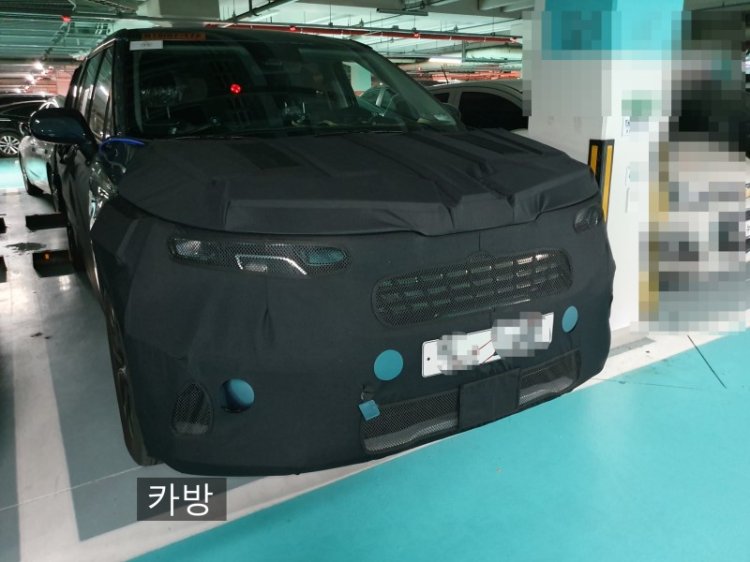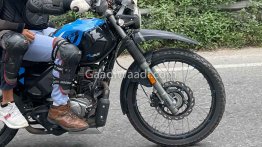Kia has started working on the next-gen Carnival (codename: KA4) in South Korea. Rumour in the company's homeland is that the launch there is scheduled to take place in 2021. Here are the 2021 Carnival's first spy shots and spy video.

The test mule spied in the images does an incredible job of hiding all the necessary details under a thick camouflage. But from what's obvious, it can be seen that the 2021 Kia Carnival (2021 Kia Sedona/2021 Kia Grand Carnival) has newly designed headlamps with embedded angular DRLs, tweaked front grille featuring a more three-dimensional design and also new 19-inch alloy-wheels will now sport a diamond-cut design. The shape of the doors, the roof panels and the overall silhouette looks somewhat similar to the current-gen Kia Carnival. No information about the next-gen model is out yet, but one can expect it to ride on the same platform as the next-gen Kia Sorento and thus the latest Hyundai Santa Fe.
Since the next-gen model is still tad away from the debut, Kia has lined up the current-gen model for India launch in the year 2020. It may be launched at Auto Expo 2020 and will be launched in the later stage as per customer reviews and price expectations. Though internationally it is available in 7-seat, 8-seat and 11-seat configurations, in India, only the 7-seat version will be launched. There will be no straight competition to the Kia Carnival in the Indian market. It will serve as an upgrade to the Toyota Innova Crysta customers who are in the market for a bigger and a more premium MPV.
The Indian-spec Kia Carnival will arrive with the 2.2-litre four-cylinder turbocharged diesel engine which is rated to deliver 202 PS of maximum power at 3,800 rpm and 441 Nm of peak torque at 1,750-2,750 rpm. An 8-speed automatic transmission would be offered as standard on the Indian-spec Kia Carnival. Expect the Kia Carnival to be priced in the range of INR 25-30 lakh (ex-showroom).

Also Read: Kia delivers 6,200 units of Seltos in India in August
For India, the next-gen Kia Carnival is still about two years away from the launch.
[Source: m.blog.naver.com]































